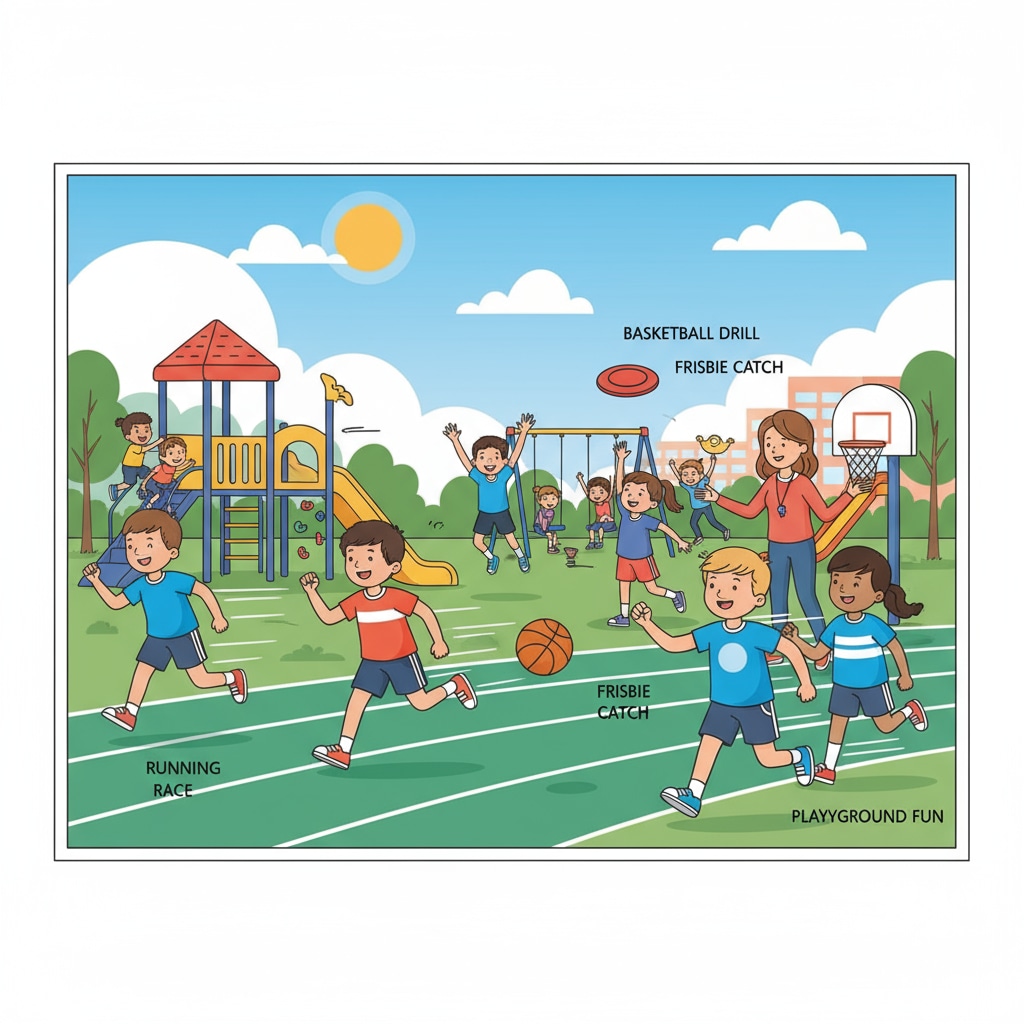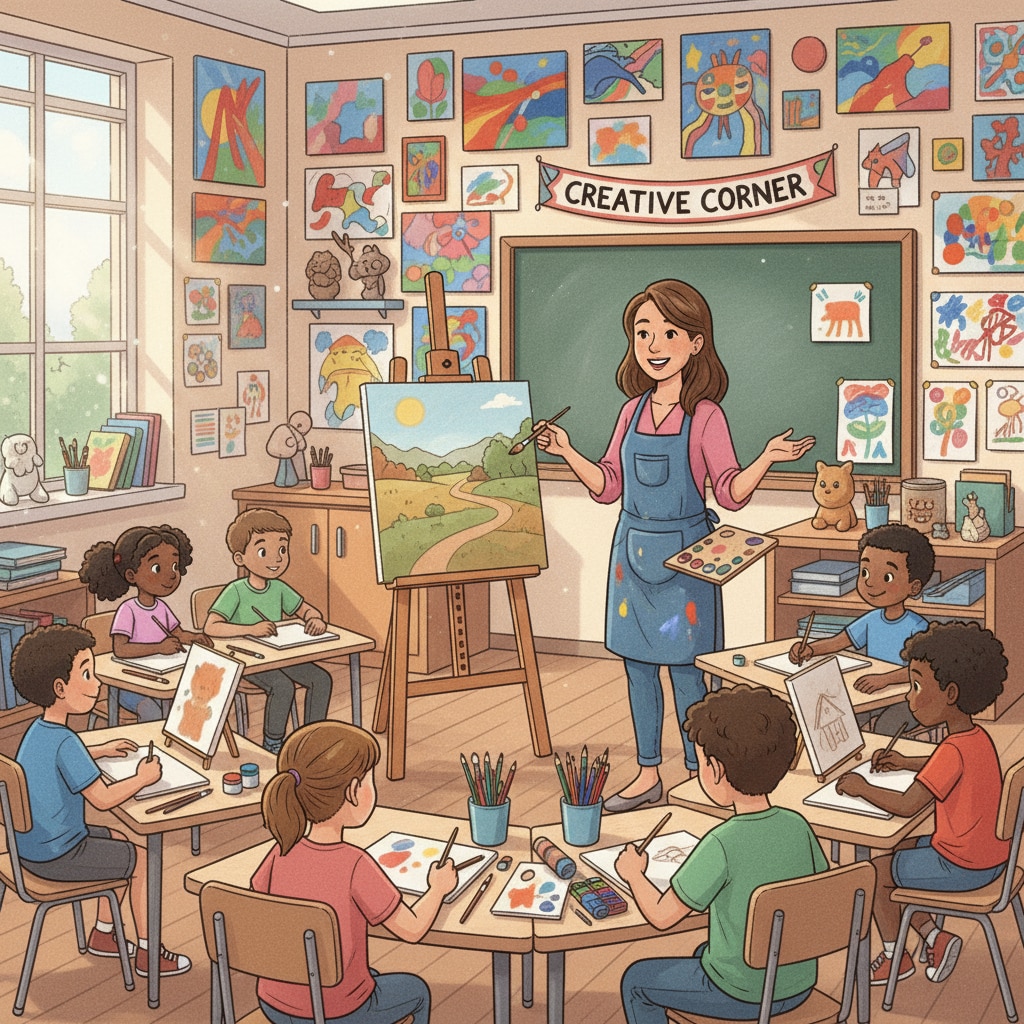In the realm of public education, the issues of special subject teachers, curriculum substitution, physical education classes, and educational resources are intertwined in complex ways. A common scenario in public primary schools is that when teachers of special subjects such as music and art are absent, students are often automatically redirected to physical education classes. This practice, while seemingly a simple solution for filling in the gaps, actually harbors a multitude of concerns.

The Impact on Students’ All-round Development
Students’ growth and development require a balanced diet of various subjects. Special subjects like music and art play irreplaceable roles in cultivating creativity, aesthetic appreciation, and emotional intelligence. When these classes are constantly replaced by physical education, students miss out on opportunities to explore different forms of expression. For example, music classes allow students to understand rhythm and harmony, which can enhance their cognitive abilities. According to Education.com, music education has been linked to improved academic performance in other subjects. Art classes, on the other hand, encourage students to think outside the box and express their inner thoughts visually. By substituting these classes with physical education, we are potentially stunting students’ creative and emotional growth.
The Challenge to Teachers’ Professional Dignity
Special subject teachers invest a great deal of time and effort in preparing their lessons and honing their teaching skills. When their classes are routinely replaced, it can be seen as a devaluation of their professional expertise. These teachers have unique qualifications and training in their respective fields. Their absence should not be simply filled by another subject without due consideration. This practice may demotivate special subject teachers, affecting their enthusiasm for teaching. As stated on TeachThought, teacher dignity is crucial for maintaining high-quality teaching.

In addition to the impacts on students and teachers, this substitution practice also has implications for educational resource allocation. Special subjects often require specific teaching materials, equipment, and dedicated spaces. When these classes are frequently replaced, these resources may go underutilized. For instance, a well-equipped music room with instruments might be left idle, while the demand for physical education facilities may increase due to the additional classes. This imbalance in resource utilization can lead to inefficiencies in the overall educational system.
To address these concerns, schools need to adopt more comprehensive and thoughtful substitution arrangements. This could involve training other teachers to cover special subject classes when necessary, or even hiring part-time special subject teachers to ensure continuity. By taking these steps, we can better safeguard students’ all-round development, respect teachers’ professional dignity, and optimize educational resource allocation.
Readability guidance: Short paragraphs and lists are used to summarize key points. Each H2 section provides a list of relevant ideas. The proportion of passive voice and long sentences is controlled, and transitional words are evenly distributed throughout the text (such as however, therefore, in addition, for example, as a result, etc.).


